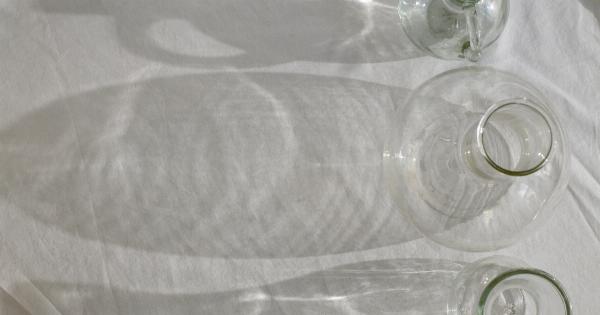Cardiovascular disease is the leading cause of death in the world. According to the World Health Organization (WHO), 17.9 million deaths occurred due to cardiovascular diseases in 2016, representing 31% of all global deaths.
Several risk factors contribute to cardiovascular disease, such as high blood pressure, high cholesterol, diabetes, obesity, family history, and smoking.
However, some studies have also indicated that body type may play a role in the onset of cardiovascular disease. Individuals with specific body types may be more prone to developing cardiovascular disease than others due to their unique body composition, distribution of adipose tissue, and metabolic function.
What are the body types that are more at risk for cardiovascular disease?
In general, three different body types are discussed when it comes to cardiovascular disease risk. These are: apple-shaped, pear-shaped, and hourglass-shaped bodies. Let’s delve into each body type and understand their risk factors in detail.
Apple-shaped body
Individuals with an apple-shaped body tend to accumulate fat in their upper body region, particularly around the midsection. This type of obesity is also known as central or abdominal obesity.
Measurements such as waist circumference and waist-to-hip ratio are used to assess whether an individual has an apple-shaped body.
Several research studies have shown that people with apple-shaped bodies may be at a higher risk of cardiovascular disease than those with other body types. This is because abdominal fat is not just a passive storage site for excess calories.
It actively secretes hormones and fatty acids that interfere with insulin sensitivity, blood pressure, and lipid metabolism.
Abdominal fat tissue is also associated with inflammation, which is a fundamental mechanism in the development of atherosclerosis.
Atherosclerosis is a condition where the arteries become narrow due to the accumulation of fatty deposits, leading to heart attacks and stroke.
Individuals with apple-shaped bodies should be careful about their diet, exercise, and lifestyle modifications to reduce their cardiovascular disease risk.
Eating a healthy diet, engaging in regular physical activity, and abstaining from smoking are key factors to control their weight and reduce the risk of cardiovascular disease.
Pear-shaped body
Individuals with a pear-shaped body tend to accumulate more fat around their hips, thighs, and buttocks, and less fat around their upper body region. This type of obesity is also known as lower body or gluteofemoral obesity.
Measurements such as hip circumference and waist-to-hip ratio are used to assess whether an individual has a pear-shaped body.
Research studies have found that individuals with lower body obesity, especially women, may have a lower risk of cardiovascular disease than those with central obesity.
This is because fat tissue in the hips and thighs acts as a reservoir for fatty acids, preventing the overflow of fatty acids into the bloodstream, liver, and organs, which could lead to metabolic disorders.
In addition, the fat tissue in the lower body releases beneficial hormones, such as adiponectin, which enhances insulin sensitivity, improves cholesterol levels, and lowers inflammation.
These hormonal effects contribute to a more favourable cardiovascular profile.
However, individuals with pear-shaped bodies need to be cautious too.
Although lower body obesity is generally considered less harmful than central obesity, they still need to maintain a healthy weight, avoid a sedentary lifestyle, and minimize alcohol intake to lower their cardiovascular risk.
Hourglass-shaped body
Individuals with an hourglass-shaped body have a relatively balanced distribution of fat around their upper and lower body regions.
This type of body shape is considered favorable for cardiovascular health as the distribution of adipose tissue is not concentrated in any particular area.
Research studies have found that individuals with an hourglass-shaped body may have a lower risk of cardiovascular disease than those with other body shapes.
However, due to genetic variability and lifestyle factors, it is not possible to generalize this statement across all individuals.
Regardless of body type, the key to minimizing cardiovascular disease is prevention through a healthy lifestyle.
Adopting healthy eating habits, engaging in regular physical activity, getting enough sleep, managing stress, and periodic screening for risk factors are crucial steps to reducing cardiovascular disease risk.
Conclusion
Body type can indeed be a factor in determining the risk of cardiovascular disease.
Both apple-shaped and pear-shaped bodies are associated with specific risks, highlighting the importance of maintaining a healthy weight and taking steps to lower cardiovascular risk. However, even if one has an hourglass-shaped body, it is still important to adopt a healthy lifestyle to remain in optimal health.
By taking a proactive approach to cardiovascular health, individuals can not only reduce the risk of developing heart disease but also achieve an improved quality of life.
Speak to your doctor or a qualified healthcare professional to discuss the best ways to minimize your cardiovascular disease risk.






























